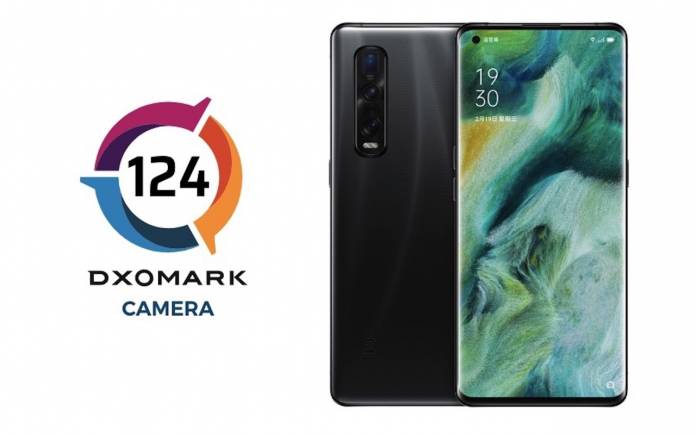
The OPPO Find X2 phone series which we first learned about last year would have an advanced camera with focus on pixels is finally out. After several teasers surfacing and being expected to launch at MWC 2020, the new OPPO phone has been introduced as a Pro variant. It was confirmed first to launch with a QHD 120Hz screen. True enough, the OPPO Find X2 Pro was made ready with 120Hz QHD+ Ultra Vision screen and 5G connectivity. The Mobile World Congress was canceled but OPPO made the announcement online.
The Oppo Find X2 Pro has reached DxOMark. OPPO has been advertising it with an Ultra Vision Camera System so we’re also curious about its imaging performance. The camera system consists of three rear cameras: 48MP primary camera with (1/1.4-inch Quad-Bayer sensor, f/1.7-aperture lens, OIS) + 48MP Ultra-wide (1/2-inch Quad-Bayer sensor, f/2.2) + 13MP telephoto (1/3.4-inch sensor, f/3, OIS). Each camera has PDAF. There’s the Dual-LED flash plus the ability to record 4K/60fps videos with HDR.
The smartphone runs on Qualcomm Snapdragon 865 processor and boasts a 120Hz QHD+ screen. It’s one impressive device that is now considered the new DxOMark King, tied with the Xiaomi Mi 10 Pro. The score is 124 (134, 104).
The OPPO Find X2 Pro’s camera delivers excellent autofocus performance. Specifically, it presents realistic bokeh shots with wide dynamic range, nice ultra-wide shots with little distortion, good detail in close- and long-range zoom shots, low noise levels in all light conditions, and nice colors and wide dynamic range. Video recordings are also good showing low noise even in low light clips, reliable and fast autofocus, excellent image stabilization, wide dynamic range, good color, and good exposure down to low light.
The camera setup still isn’t perfect. Ultra-wide shots may show a slight lack of detail. Indoor shot sometimes does not trigger HDR for portrait shots. Detail actually drops towards the edges of medium-range zoom images. Videos show some exposure instabilities on HDR scenes, some noise in outdoor scenes, and occasional, slight local loss of texture in outdoor shots.















